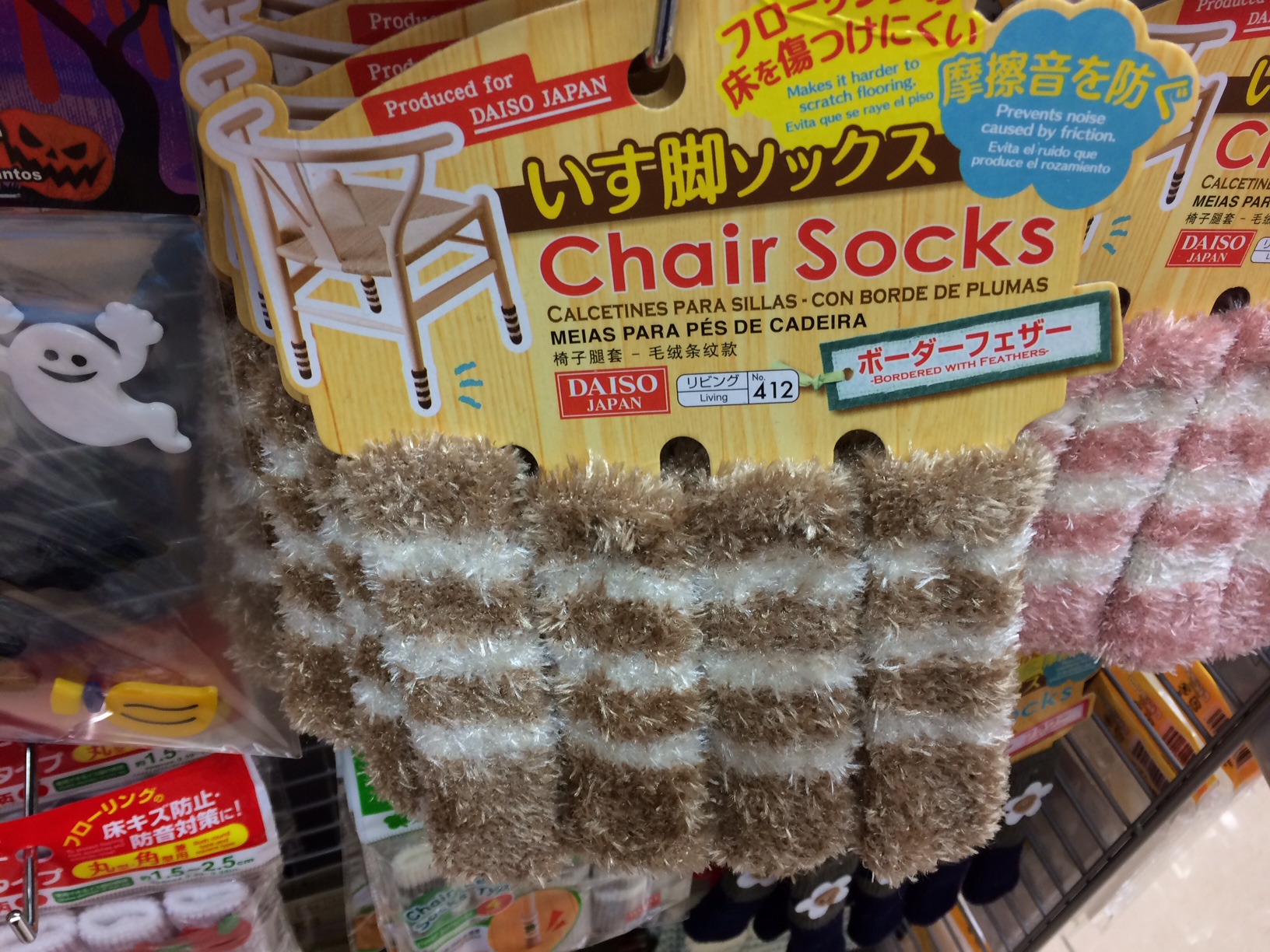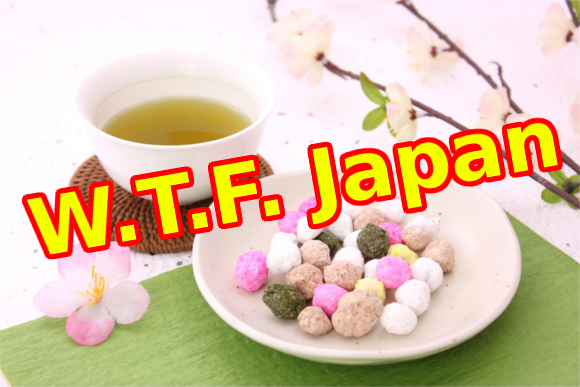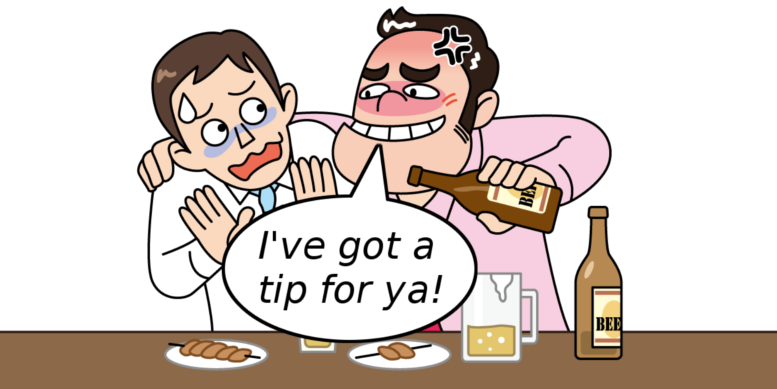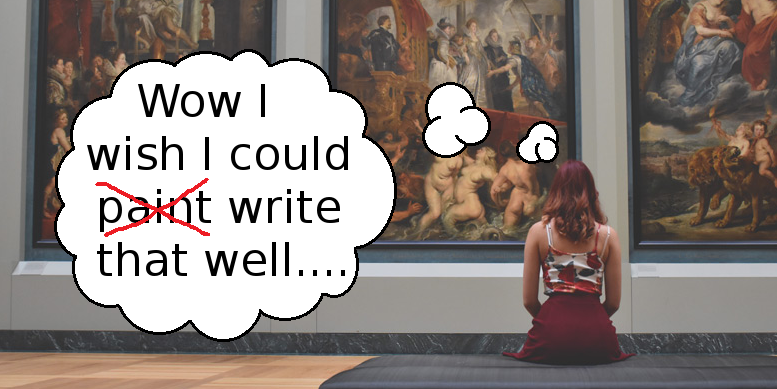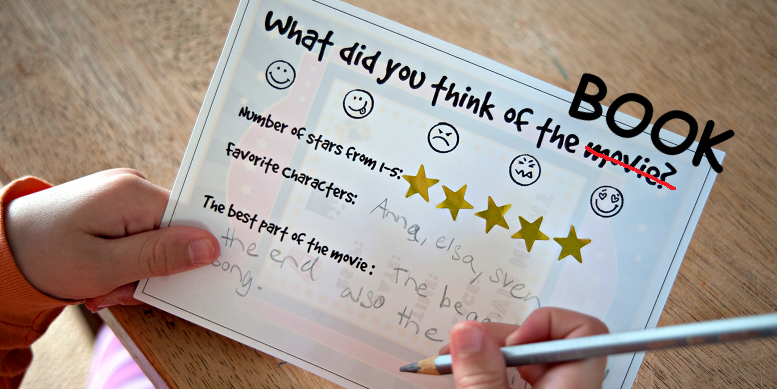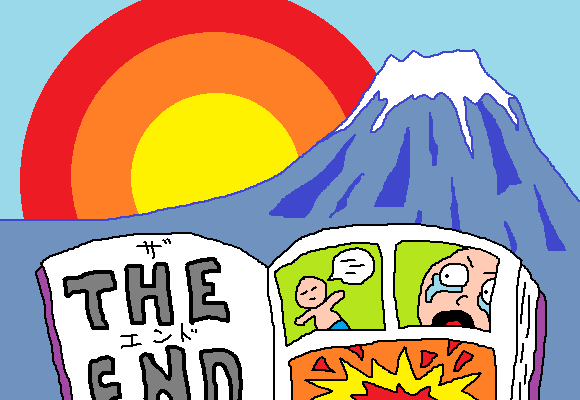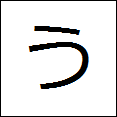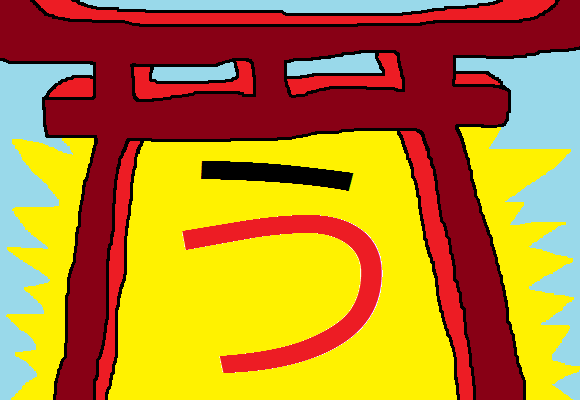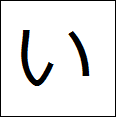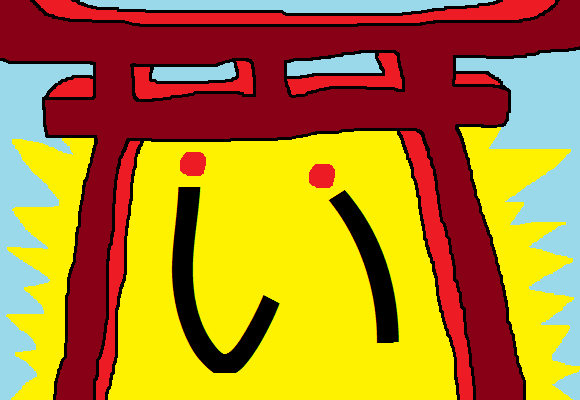This week for my RocketNews24 W.T.F. Japan article, I wrote about the top five most offensive Japanese swear words. As an armchair linguist, I find swear words fascinating for two reasons: (1) they’re the first words in a foreign language that any student wants to learn, and (2) I can’t believe that so many languages have words that are “forbidden” or “unclean.” I mean, they’re just words!
As far as (1) goes, I think a big reason students clamor to learn swear words is for two reasons: one, it gives them some “bad” vocabulary words to use that other people won’t understand, and two, it gives the language a grittier, more authentic feel. Rather than learning how to say “I’d like three apples please,” you’re actually learning some “real” words that people use when you learn swears.
I remember in high school one Spanish teacher told her class that the best way to pick out a dictionary (before the days of internet dictionaries and smartphones) was to look up the worst swear words you could possibly think of. If it had them, great! If it didn’t, move on to another. I can’t vouch for how effective that method really is, but it did make shopping for new dictionaries a lot more fun.
So if you’re a swear-lover like I am, maybe you’ll enjoy the article. And if not, well, maybe you can learn to love them after seeing how silly it is that certain sounds in another language are considered “taboo.” Enjoy!
Read the article here.
